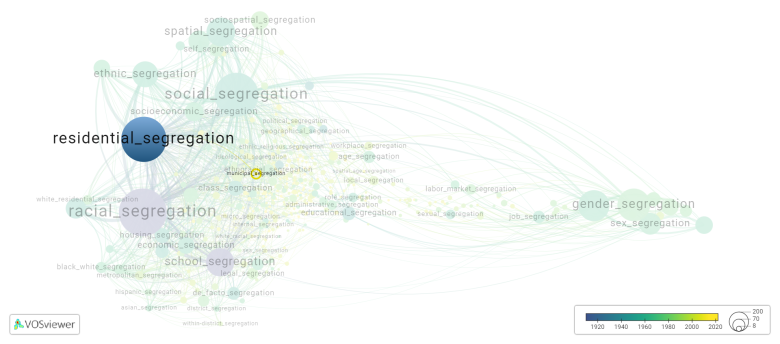Municipal segregation
Date and country of first publication[1]
2019
United States
Definition
Municipal segregation refers to the separation of different racial or ethnic groups within specific areas or neighborhoods within a city or town. This can happen through various means, such as discriminatory housing policies, zoning laws, and social practices that limit where certain groups are able to live. Municipal segregation can lead to inequality in access to resources, opportunities, and amenities, as well as perpetuate social divisions and tensions between different communities. Efforts to address municipal segregation often involve policy changes, community engagement, and initiatives to promote diversity and inclusion within neighborhoods.
Synonyms
The following terms are synonymous with municipal segregation:
municipality level segregation.
References and literature addressing this segregation form under these synonymous terms can be found below.
See also
Related segregation forms
Municipal segregation is frequently discussed in the literature with the following segregation forms:
residential segregation, ethnic segregation, income segregation

This visualization is based on the study The Multidisciplinary Landscape of Segregation Research.
For the complete network of interrelated segregation forms, please refer to:
References
Notes
- ↑ Date and country of first publication as informed by the Scopus database (December 2023).
Municipal segregation appears in the following literature
Troesken W., Walsh R. (2019). Collective Action, White Flight, and the Origins of Racial Zoning Laws. Journal of Law, Economics, and Organization, 35(2), 289-318. Oxford University Press.https://doi.org/10.1093/jleo/ewz006
Ziller C., Spörlein C. (202). Residential Segregation and Social Trust of Immigrants and Natives: Evidence From the Netherlands. Frontiers in Sociology, 5(), -. Frontiers Media S.A..https://doi.org/10.3389/fsoc.2020.00045
